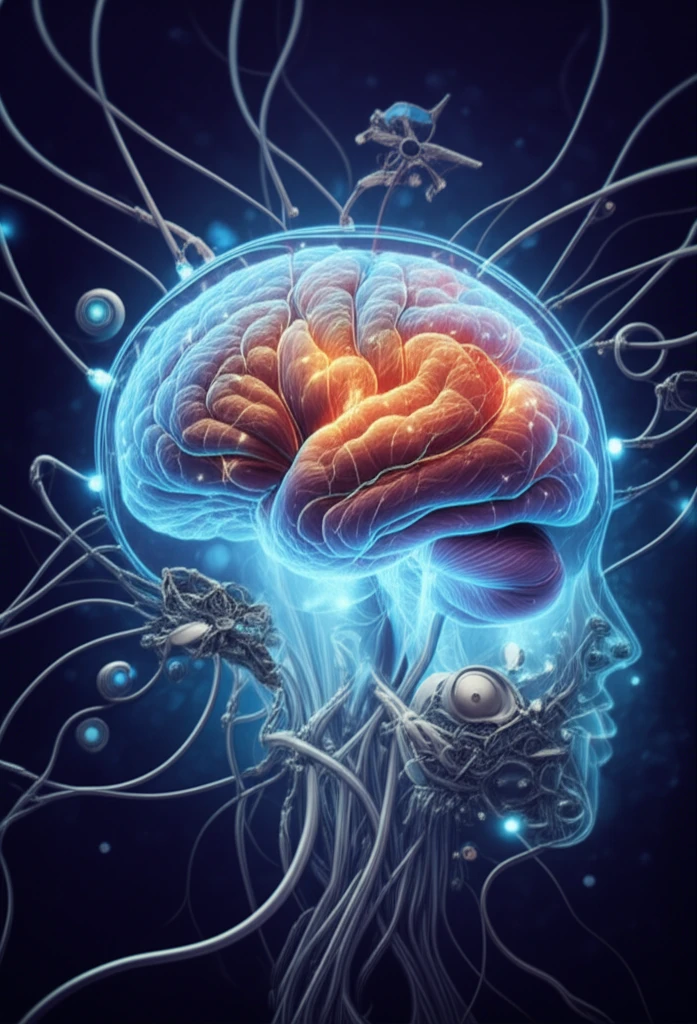
Hope on the Horizon: New Strategies to Combat Brain Tumors and Stroke
"Cutting-edge research explores innovative therapies for diffuse midline gliomas and ischemic stroke, offering new avenues for treatment and recovery."
The field of neuro-oncology is constantly evolving, driven by the need to improve outcomes for patients facing challenging diagnoses. Diffuse midline gliomas (DMGs), particularly those with the H3-K27M mutation, represent a significant obstacle due to their aggressive nature and location in critical brain areas. Understanding the molecular underpinnings of these tumors is crucial for developing targeted therapies.
Parallel to advancements in cancer treatment, stroke research is also pushing boundaries. Ischemic stroke, a leading cause of disability, demands innovative strategies beyond acute interventions. The focus is shifting toward promoting brain repair and functional recovery in the chronic phase after a stroke.
This article delves into recent research exploring novel approaches for both DMG and ischemic stroke. We'll examine how targeting specific genetic mutations can disrupt tumor growth and how a combination of activated protein C and neural stem cells can stimulate repair and recovery after stroke. Join us as we unpack these breakthroughs and their potential to transform neurological care.
Targeting Genetic Weaknesses in Diffuse Midline Gliomas

Diffuse midline gliomas (DMGs) are aggressive brain tumors, particularly affecting children. A significant breakthrough came with the discovery of the H3-K27M mutation, present in about 80% of DMGs. This genetic aberration has become a focal point for research efforts aimed at understanding and combating these tumors.
- In Vitro Results: Introducing a bromodomain inhibitor (JQ1) to DMG tumor cells in vitro led to a significant reduction in gene transcription compared to controls.
- Differentiation Promotion: The JQ1 molecule increased the presence of genes associated with mature neuron differentiation, suggesting a dual effect of inhibiting proliferation and promoting cell-cycle arrest.
- In Vivo Success: Mice with human-derived DMG cell xenografts treated with JQ1 showed significantly longer survival, reduced tumor signals, and postmortem evidence of reduced proliferation and increased cell-cycle arrest.
Stimulating Brain Repair After Ischemic Stroke
Ischemic stroke, a major cause of disability, has spurred research into therapies that go beyond immediate clot removal. A promising approach involves stimulating the brain's own repair mechanisms to restore function. One such strategy combines activated protein C (APC) with neural stem cells (NSCs).
A study published in Nature Medicine explored the potential of 3K3A-APC, a modified form of APC with reduced bleeding risk, in combination with implanted human NSCs. The researchers induced ischemic strokes in mice and then administered 3K3A-APC and NSCs.
The results showed that 3K3A-APC improved NSC survival and proliferation in the brain, leading to increased cortical width and improved sensorimotor function. Axonal tracing and calcium imaging further confirmed enhanced neuronal circuit integration. This combined therapy demonstrates substantial post-ischemic repair potential, offering hope for improved stroke recovery.
